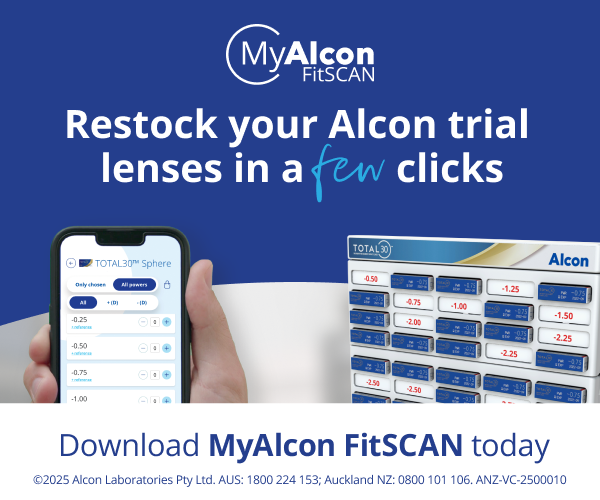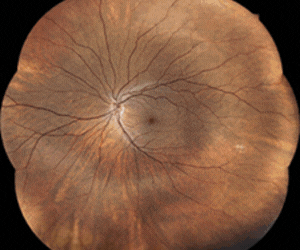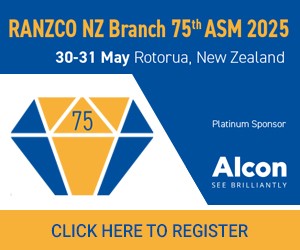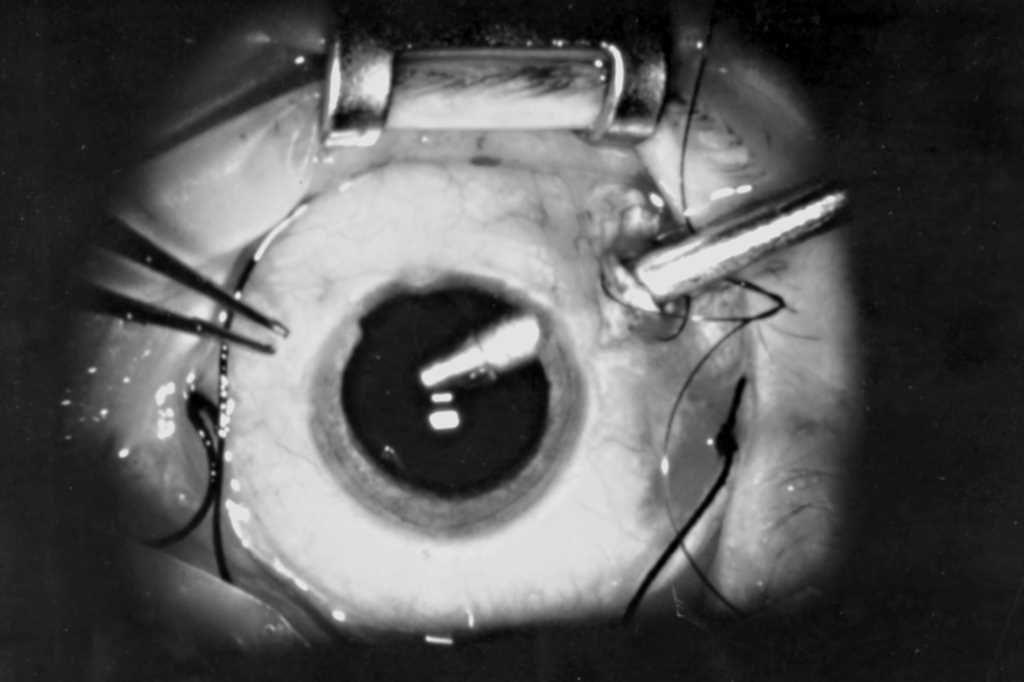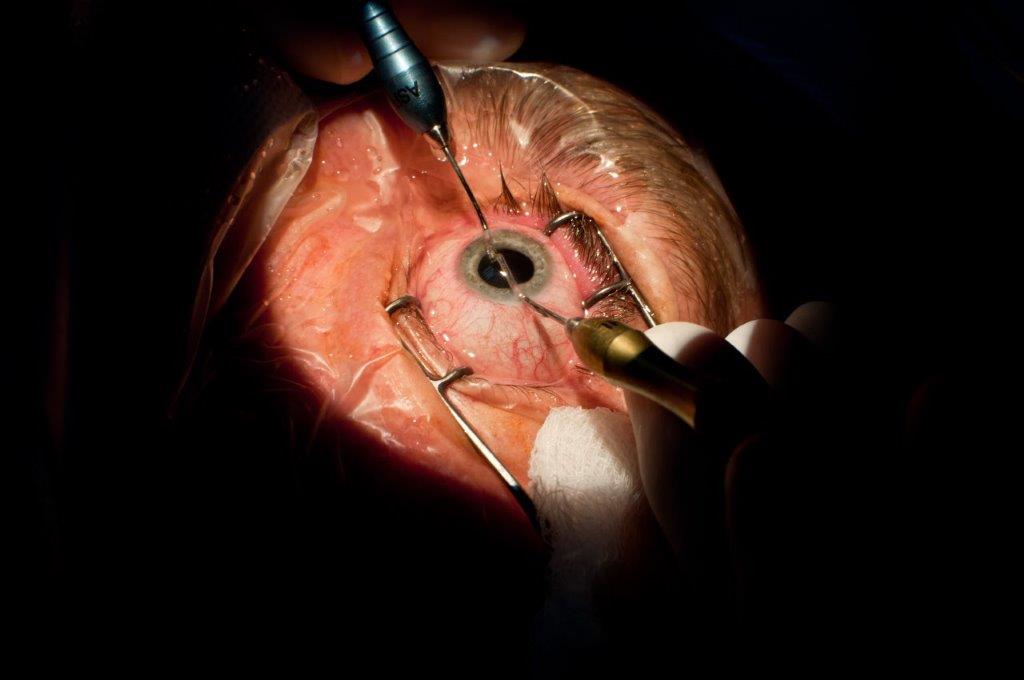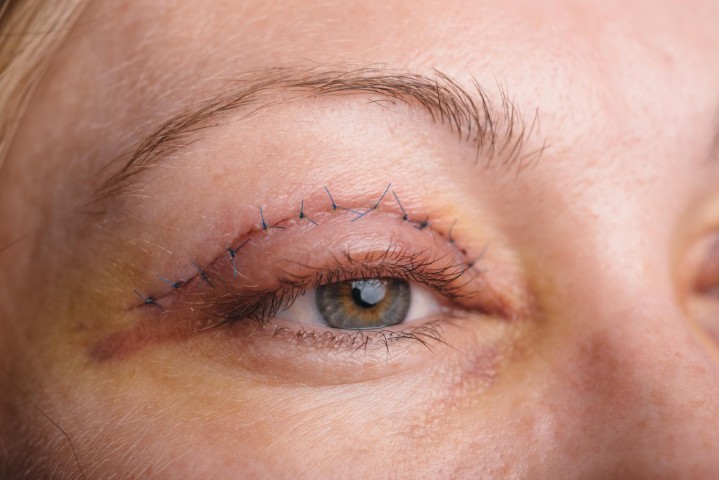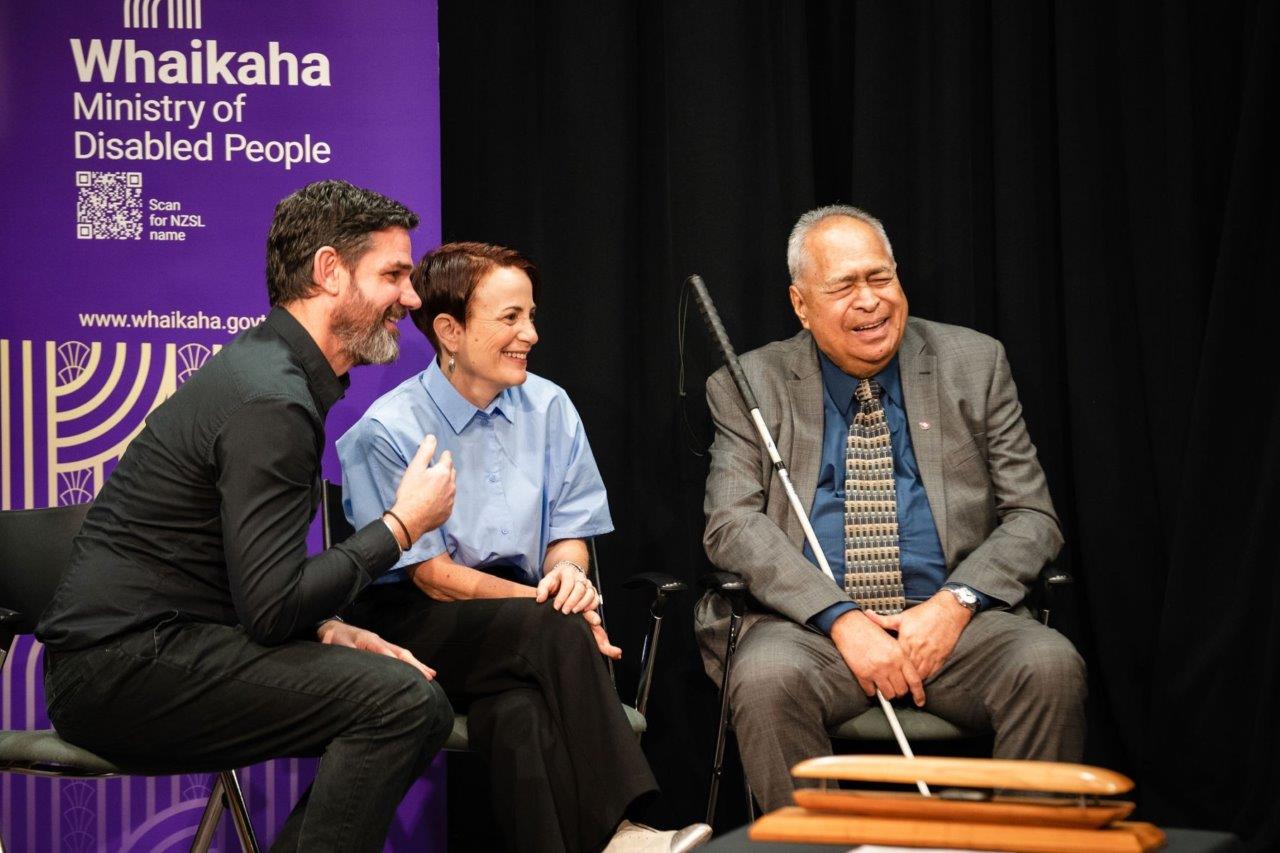Vitreoretinal research update
Effect of anaesthesia duration on intravitreal injection pain
Ma et al
Retina 43(8):p 1386-1392, August 2023
Review: This double-blinded, randomised, comparative study evaluated the effect of the duration of topical anaesthesia on intravitreal injection (IVI) pain on 312 eyes. Eyes were randomised to one of six groups according to the duration of topical anaesthesia - with one group for every five-minute range from 1-30 minutes. Patients graded their pain 15 minutes after the procedure.
The pain scores among the six groups were significantly different for the visual analogue scale and Wong-Baker FACES scale. The mean pain scores for group 4 were significantly lower than those of groups 1, 2, 5, or 6. The study concluded anaesthetic drops were most effective in relieving IVI pain 11 to 20 minutes after administration.
Comment: Pain is a significant consideration for patients undergoing IVI. Anaesthetic options include:
- topical anaesthetic drops or gel
- subconjunctival anaesthesia
- regional anaesthesia
- general anaesthesia
In New Zealand, most IVI patients receive options 1 or 2. Options 3 and 4 are rarely required. For experienced patients, any deviation in anaesthetic protocol will likely alter pain levels during IVI or their recovery. Excessive anaesthesia can prolong recovery and it is possible to ‘overdose’ on anaesthetic drops, with some patients experiencing significant ocular surface issues after excessive use.
Most of my patients receive 3-4 drops of non-preserved oxybuprocaine before IVI. This study is a good reminder, particularly in a busy clinic setting, to leave anaesthetic drops for the appropriate amount of time before treatment.
Do daily activities affect gas tamponade-retina contact after pars plan vitrectomy? A computational fluid dynamics study
Rossi et al
Retina 43(6):p 955-963, June 2023.
Review: Gas tamponade is commonly used with pars plana vitrectomy for retinal detachment. Aqueous fluid fills the posterior chamber as the gas dissolves. Gas tamponade can prevent aqueous from accessing retinal tears until retinopexy establishes a solid retinal adhesion, aiding in the successful reattachment of the retina. Fluid leakage into the subretinal space is a potential cause of recurrent retinal detachment. Although the gas-fluid interface and fraction of retinal surface in contact with gas at rest have been thoroughly studied, less is known about the extent of retinal surface affected by aqueous because of eye and patient movements, also known as ‘sloshing’.
The purpose of this study was to calculate the retinal surface in contact with gas and aqueous during daily activities such as ocular saccade, turning the head, standing up and being a passenger of a braking car. Fluid dynamics of aqueous and gas tamponade were reproduced using computational methods. Sloshing increased the retinal surface in contact with aqueous by 13% to 16%. Standing up determined the largest area of wet retina, followed by car braking, head rotation and ocular saccade (p< 0.001).
Comment: There has been a recent trend away from traditional positioning and limitation of postoperative activities with retinal detachment and other surgeries requiring gas tamponade. This study confirms that since sloshing occurs with daily activities, patient movement may influence outcomes post retinal-detachment surgery.
Closure of macular holes with topical therapy
Small et al
Journal of Vitreoretinal Diseases, December 2022, Volume 7, Issue 2
Review: The purpose of this study was to evaluate a nonsurgical approach to repairing full-thickness macular holes (MHs). The research team performed a retrospective chart review of patients with MHs from 2018 to 2021. Topical therapy consisted of a steroidal agent, a nonsteroidal agent and a carbonic anhydrase inhibitor. Macular oedema was graded on a scale ranging from 0 (no oedema) to 4 (large amount of oedema).
Seven (54%) of the 13 eyes initially treated topically experienced successful MH closure. Small holes (<230µm) with a better initial BCVA (0.474 logMAR vs 0.796 logMAR) were more likely to respond favourably to topical therapy (mean 121µm vs 499µm). Holes with less surrounding oedema also responded better. All holes not responding to topical therapy were subsequently closed with pars plana vitrectomy, membrane peeling and fluid-gas exchange.
Comment: With advances in technology and improved outcomes with modern vitreoretinal surgery, it is easy to overlook a nonsurgical approach when managing MHs. Although this study was small, it reminds us to always consider less invasive options before proceeding with surgery. Topical therapy should be considered as first-line therapy in those presenting with full thickness macular holes, particularly for small early-onset holes with minimal or no oedema.

Dr Will Cunningham is a cataract and vitreoretinal surgeon working at Eye Institute and the Greenlane Clinical Centre in Auckland. As one of New Zealand’s few ophthalmologists with Samoan/Pacific heritage, he is passionate about improving eye health outcomes throughout the Pacific and regularly visits the Pacific Islands to assist local ophthalmologists. He is also a board member of Fred Hollows Foundation NZ.





